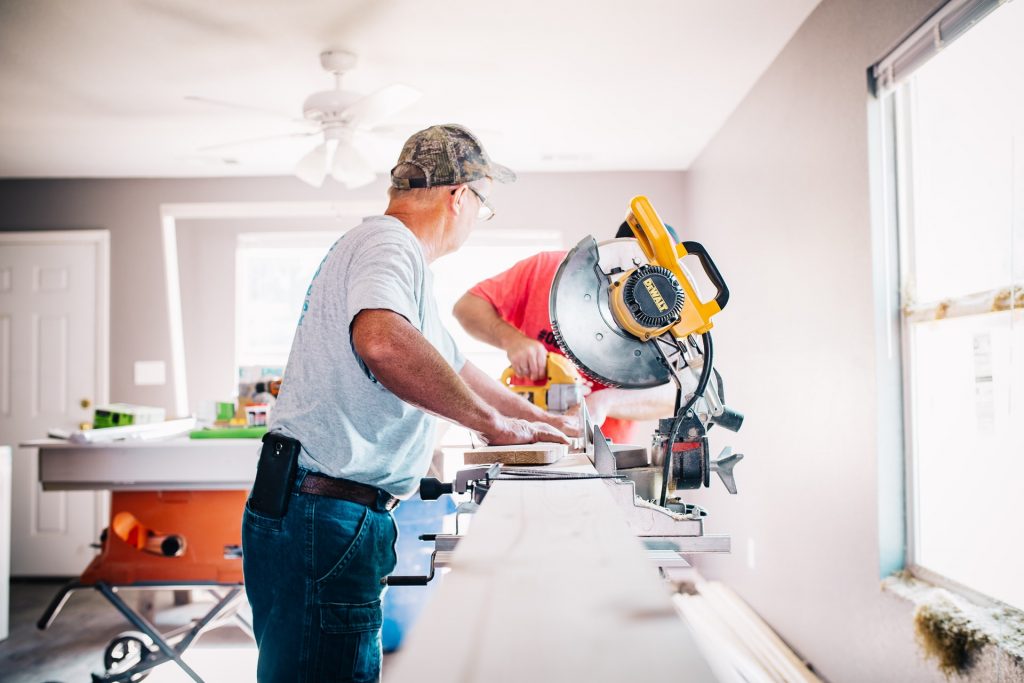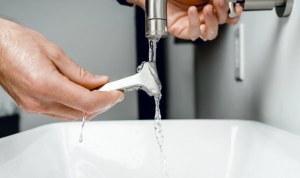
In case you haven’t coped with a plumbing crisis nonetheless, then you probably will, as sadly, they’re surprisingly frequent occurrences. I have dealt with many examples in my own time, both in the class of managing properties and within my own house. It’s essential to comprehend how to react when an emergency occurs, so you could minimize any harm and immediately locate an effective remedy.
A plumbing crisis typically requires the detection of some flood or water damage. Maybe you come home to find that the floor of your kitchen or bathroom is covered in water, or even discover the ceiling of your living area cracked and sagging, orbits of the soggy drywall getting detached from the kitchen. As water damage generally gets worse, some immediate action has to be taken if left. Below are some tips on how to manage a plumbing emergency.
Call a Plumber
 If that is true, then you need to call them as rapidly as possible. As you’re waiting for the plumber to get there, it is a fantastic idea to wash up any excess water with loofah towels or paper towels. Be mindful that emergency technicians may frequently go back to the water source to the house or make a temporary cure for blockages or other issues. They might want to go around the next day or after make permanent solutions. Emergency technicians are somewhat more expensive.
If that is true, then you need to call them as rapidly as possible. As you’re waiting for the plumber to get there, it is a fantastic idea to wash up any excess water with loofah towels or paper towels. Be mindful that emergency technicians may frequently go back to the water source to the house or make a temporary cure for blockages or other issues. They might want to go around the next day or after make permanent solutions. Emergency technicians are somewhat more expensive.
Therefore it’s better to look for the help of a plumber through regular hours, when possible. When the immediate situation was dealt with, you need to call your insurance carrier. Homeowners insurance or home insurance policies frequently have provision for pipes events and might offer partial or complete coverage for repair costs. The expense of calling out an emergency plumber may often not be insured, however.
Shut off the Water
Shutting off the closest water supply is normally the first thing you ought to do if you would like to reduce water damage. For bathrooms, this may be accomplished by turning the valve at the bottom or behind the commode. For many other crises, particularly bigger scale ones, you’ll have to switch off the main valve. They may frequently be located within an outside wall of your house for national properties, close to the external water meter, and they’re typically closed off by turning clockwise. When you have turned off the key shut-off valve, you might also wish to turn on each of the faucets. This drains off any water leftover the pipes and diverts excess water from a potential plumbing leak.
Identify the Problem
Assessing what’s causing the problem can vary in degree of difficulty. The character of the issue might be quite apparent, or it can necessitate a specialist’s appraisal. In case the issue is a flow, you might have the ability to stifle it via plumber’s tape, or simply by wrap around old towels, making a temporary solution until a plumber arrives, or even giving you time to think of a permanent alternative.
